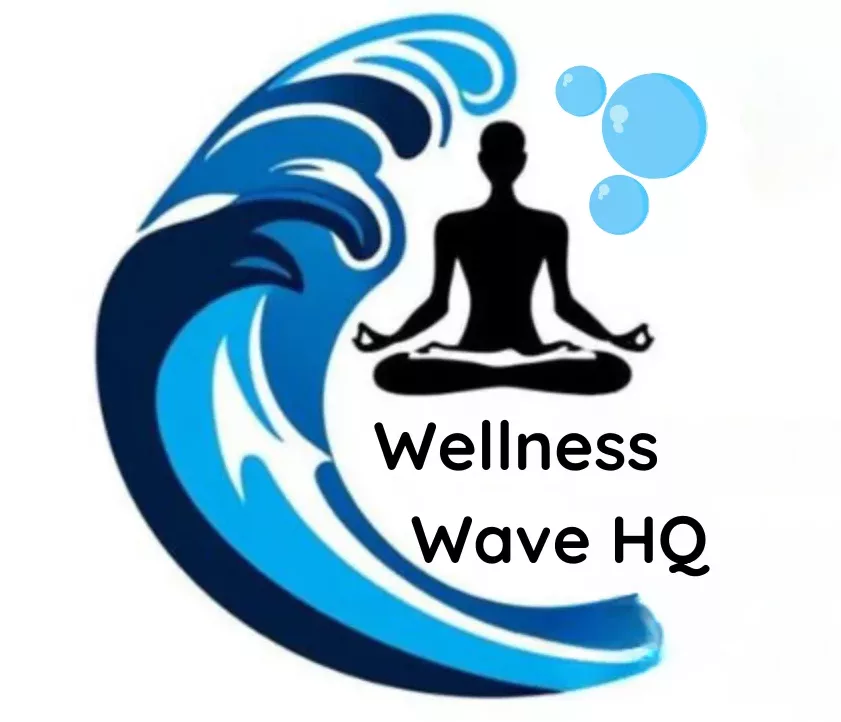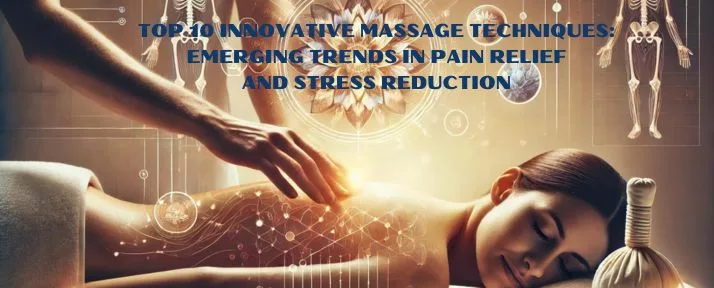
The world of massage therapy has come a long way from its ancient roots. Massages aren’t just about relaxing anymore. Think back to the Egyptian and Chinese civilizations who used basic forms of massage to heal and soothe. Over thousands of years, techniques evolved, blending old traditions with cutting-edge discoveries.
Keeping up with these changes isn’t just for the pros. Anyone dealing with chronic pain or stress can benefit. As new techniques emerge, they offer fresh hope for better pain management. It’s all about finding what works best for your body and mind. The focus now is on integrating technology and new methodologies to get the most out of each session. These innovations not only enhance the effectiveness but also personalize the experience for every individual.
Staying in the loop with the latest trends gives you more options. This can make a significant difference in managing chronic pain or even just reducing everyday stress. And, goodness knows, we can all do with a little less stress. With new tools and techniques, massages have the potential to provide more targeted and efficient relief. It’s like upgrading your toolbox with the latest gear, giving you more ways to tackle your pain and discomfort.
In the next sections, we’ll chat about some of the most exciting and effective new techniques. As a massage therapy enthusiast, I’m thrilled about these developments! These aren’t just fads—they’re backed by research and show promising results. Whether you’re a seasoned massage enthusiast or trying it out for the first time, you’ll find something beneficial to add to your routine.
Innovative Massage Techniques
Instrument-Assisted Soft Tissue Mobilization (IASTM)
IASTM is a fascinating method that uses specialized tools to break down scar tissue and fascial restrictions. (The fascia is a layer of strong, stretchy tissue that holds together, separates, or covers different organs, muscles, blood vessels, and nerves.) It offers significant benefits by increasing blood flow and improving tissue mobility. This technique is particularly effective for chronic pain relief because it targets deeper layers of tissue that are often hard to reach with traditional hands-on techniques.
Cupping Therapy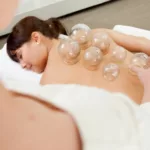
Cupping Therapy involves placing cups on the skin to create suction. This ancient practice has gained modern popularity due to its ability to reduce muscle tension and improve blood circulation. It’s especially effective in managing pain by loosening tight muscles and promoting better fluid movement in the affected areas. Athletes and regular folks alike have found cupping beneficial in speeding up recovery and enhancing overall wellness. My sister did this therapy and fell in love with it!
Percussive Therapy
Percussive Therapy, commonly referred to as using massage guns, is another innovative approach that’s making waves. These handheld devices deliver rapid bursts of pressure to your muscle tissues, promoting blood flow and easing muscle stiffness. The beauty of percussive therapy lies in its versatility and ease of use. People can use these devices at home to manage chronic pain effectively. Just remember to follow safety guidelines, like avoiding bony areas and not overusing the device, to prevent any issues. (There will be a product review of the top massage guns and handheld devices available.)
Emerging Trends in Massage Therapy
Biofeedback and Massage Therapy
Biofeedback and Massage Therapy create a unique combination that allows for a more tailored pain relief experience. Biofeedback uses sensors to measure physiological functions, like heart rate and muscle tension and helps folks see how their body reacts to different stressors. When used alongside massage therapy, these insights enable therapists to adjust their techniques in real time, making the treatment more effective. The Muse Biofeedback device is excellent for this purpose.
Virtual Reality (VR) and Massage Therapy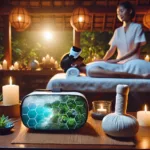
Virtual Reality (VR) and Massage Therapy might sound futuristic, but it’s happening now. By using VR headsets during massage sessions, clients can escape to calming environments or engage in guided meditations. This distraction technique can significantly enhance relaxation and pain relief, especially for those who struggle to unwind. Imagine experiencing a serene ocean or mountain scene (whichever you find most peaceful) while enjoying a soothing massage. This sounds fascinating!
Cryotherapy and Massage Therapy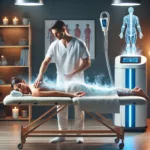
Cryotherapy and Massage Therapy combine cold therapy with traditional massage techniques to tackle pain and inflammation more efficiently. Cryotherapy involves exposing the body to extremely cold temperatures for a short period, which reduces inflammation and numbs pain. When integrated with massage, it enhances the overall effectiveness of the session by treating both surface and deeper tissues.
Exploring Different Types of Massage Therapy
Sports Massage Therapy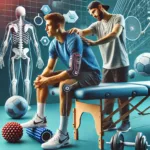
Sports Massage Therapy is designed to help athletes prevent injuries, improve performance, and recover faster. It focuses on muscles relevant to a particular sport and often involves a combination of techniques, including stretching, deep tissue, and trigger point therapy. This therapy is not just for professional athletes but for anyone engaged in physically demanding hobbies.
Medical Massage Therapy
Medical Massage Therapy is targeted treatment prescribed by a doctor to address specific medical issues, such as injuries or chronic conditions. This type of massage is highly therapeutic and tailored to the patient’s individual needs. It focuses on healing injuries, increasing circulation, reducing pain, and minimizing stress. Medical massage can help patients with autoimmune and chronic conditions, such as cancer and fibromyalgia. Combining this type of massage therapy with other treatments is becoming increasingly common.

Physical Massage Therapy
Physical Massage Therapy combines massage techniques with physical therapy principles to aid in rehabilitation. It helps in restoring movement, reducing pain, and improving overall function after injuries or surgeries.

Thai Massage Therapy
Thai massage therapy is like passive yoga, where the therapist stretches and compresses your body. This ancient technique uses acupressure, deep tissue massage, and assisted yoga postures. Wearing comfortable clothes, you lie on a mat while the therapist uses their hands, elbows, knees, and feet to apply rhythmic pressure and stretch you. It improves circulation, increases energy, relieves muscle and joint tension, and can boost the immune system, making it a holistic approach to wellness. This is deep pressure therapy.
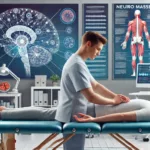
Neuro Massage Therapy
Neuro Massage Therapy focuses on the nervous system and aims to alleviate pain through neurological pathways. It can be particularly effective for conditions like neuropathy or chronic nerve pain. It also helps those with chronic muscle disorders. This is different than Thai massage therapy because it focuses on soft pressure. It can help those with circulation problems, nerve compression, or postural problems.
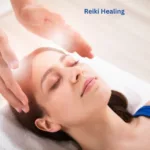
Reiki Energy Healing
Reiki Energy Healing is a form of alternative therapy that involves transferring energy through the hands of the practitioner to promote healing. It is a technique using gentle touch and is often used in addition to more traditional health treatments. It is commonly used to reduce stress, enhance relaxation, and support overall well-being.

Prenatal Massage Therapy
Prenatal Massage Therapy is tailored specifically for pregnant women, focusing on relieving pregnancy-related discomforts such as back pain, swelling, and stress. It ensures the safety and comfort of both the mother and the baby.
Scientific Research and Technological Advancements
Scientific Studies
Recent studies put a spotlight on how effective these innovative techniques can be. Researchers have seen encouraging results with modalities like IASTM, showing significant improvements in mobility and reduces pain in chronic conditions. The science behind percussive therapy also backs up its benefits, with studies indicating it enhances muscle recovery and reduces soreness.
Technological Advancements
Technological advancements in massage tools are groundbreaking. High-tech massage beds now come equipped with sensors and adjustable settings tailored to individual needs. Smart massage devices that connect to apps provide personalized feedback and progress tracking, making home therapy sessions more effective. (Check out our review of Zarifa USA, a leader in home massage products!)
Virtual Reality Studies
Virtual Reality’s adoption in massage therapy isn’t just about a cool gadget; studies have shown it can significantly reduce the perception of pain and anxiety. Cryotherapy’s blend with massage has been scientifically validated to lower inflammation markers and accelerate recovery time, offering a robust solution for chronic pain sufferers. These advancements mean we’re not just guessing anymore; data and technology are taking the guesswork out of massage therapy, leading to better results.
How to Integrate Innovative Techniques into Your Pain Management Plan
Finding qualified practitioners is the first step. Look for therapists who are trained and certified in the specific techniques you’re interested in, whether it’s IASTM, cupping, or percussive therapy. Checking credentials and reading reviews can be a huge help.
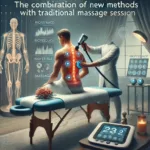
For those who prefer DIY approaches, many innovative techniques can be safely tried at home. Investing in a quality massage gun or cupping set comes with guidelines; always follow them closely to avoid any mishaps. Start with shorter sessions and gradually increase the duration as you become more comfortable.
Combining new methods with traditional therapies can offer the best of both worlds. For instance, you might use a massage gun to loosen up before a deep tissue massage, or incorporate biofeedback insights to tailor your sessions. A balanced approach that includes both innovative and traditional techniques often yields the best results.
Final Thoughts

Exploring innovative massage techniques can open the door to new levels of pain relief and relaxation. Each method, whether it’s IASTM, cupping, or cryotherapy, provides unique benefits that can complement traditional practices. Staying updated with these emerging trends ensures you’re always equipped with the best tools for managing chronic pain.
Embrace the technology and research supporting these methods. Don’t hesitate to try different techniques to see what works best for you. Pain management is a personal journey and having a variety of options can make it easier and more effective. Keep yourself informed and be open to new experiences. Your well-being is worth the effort!
JOIN OUR COMMUNITY!
